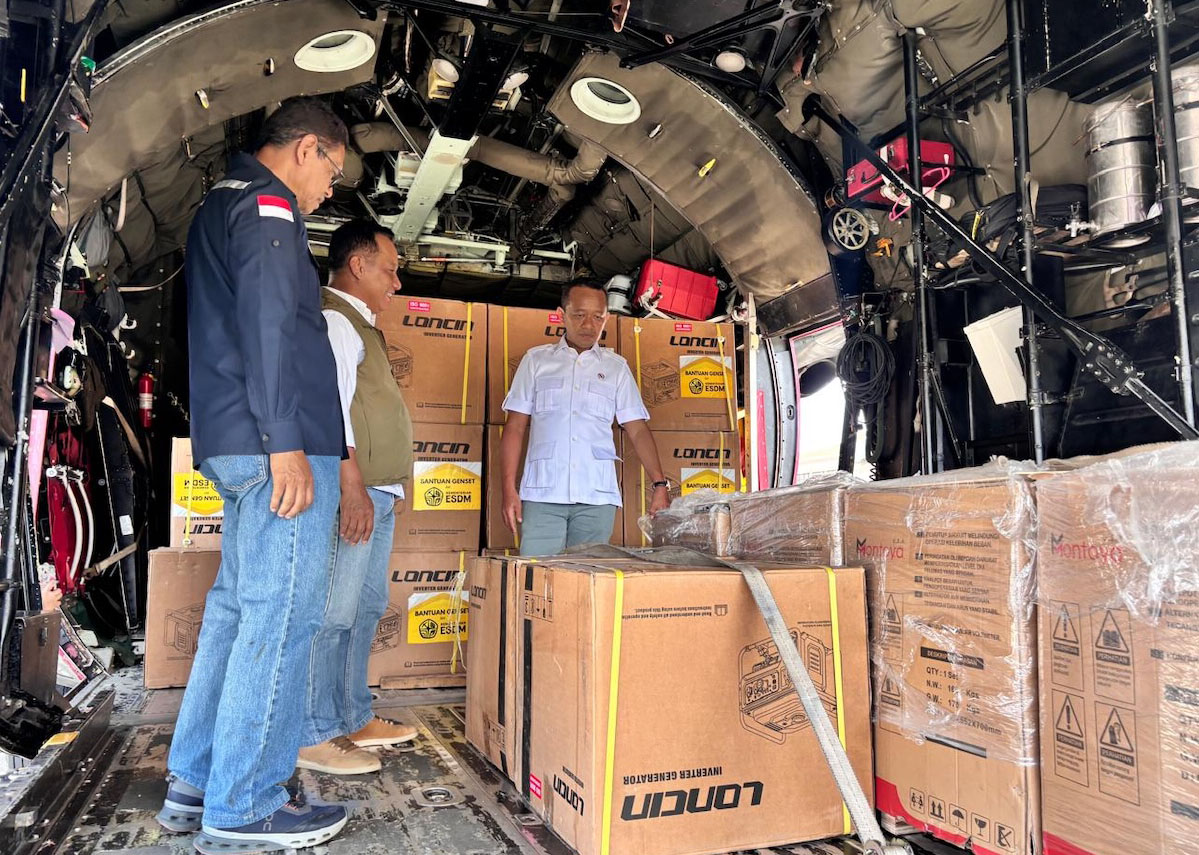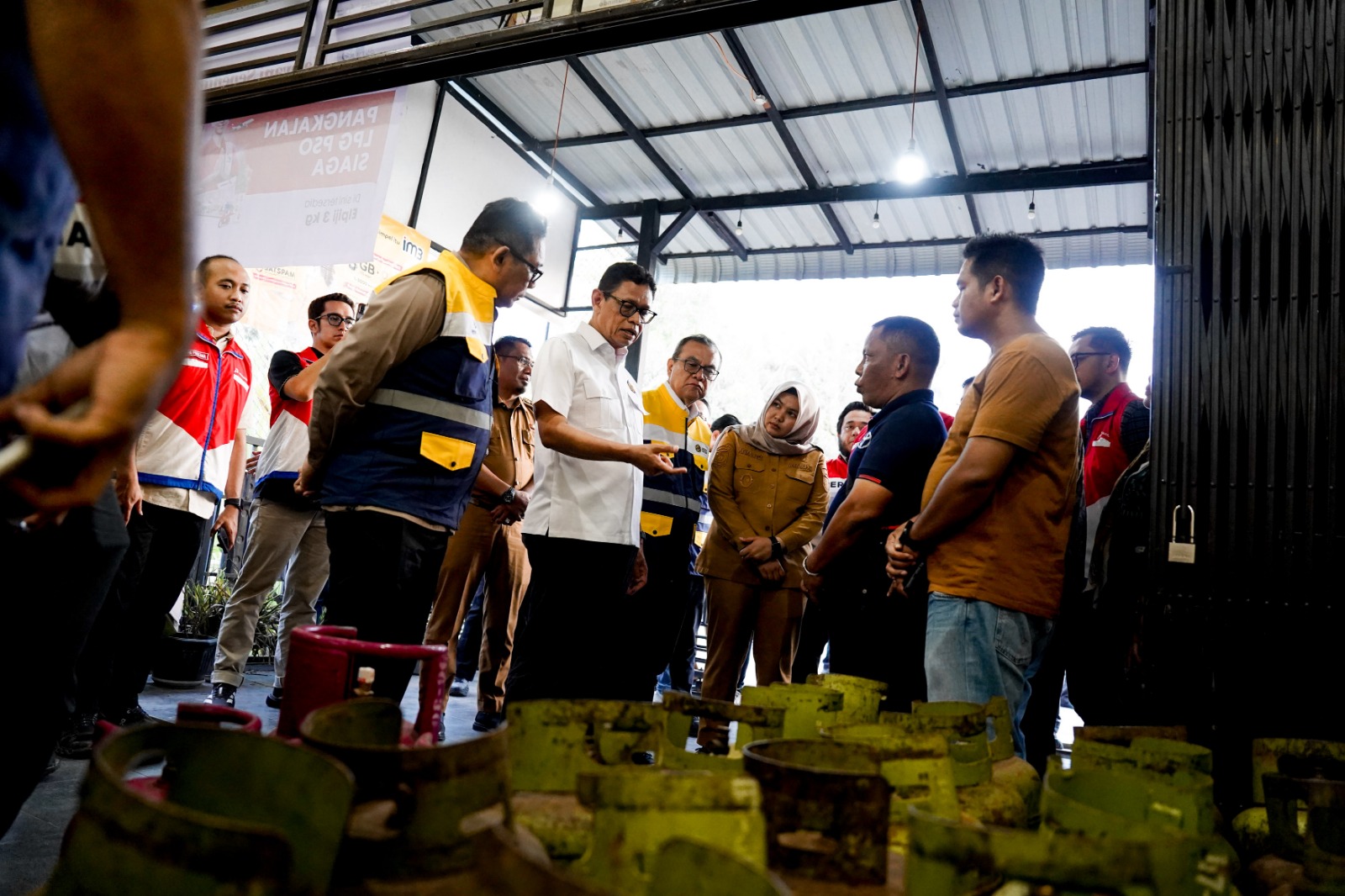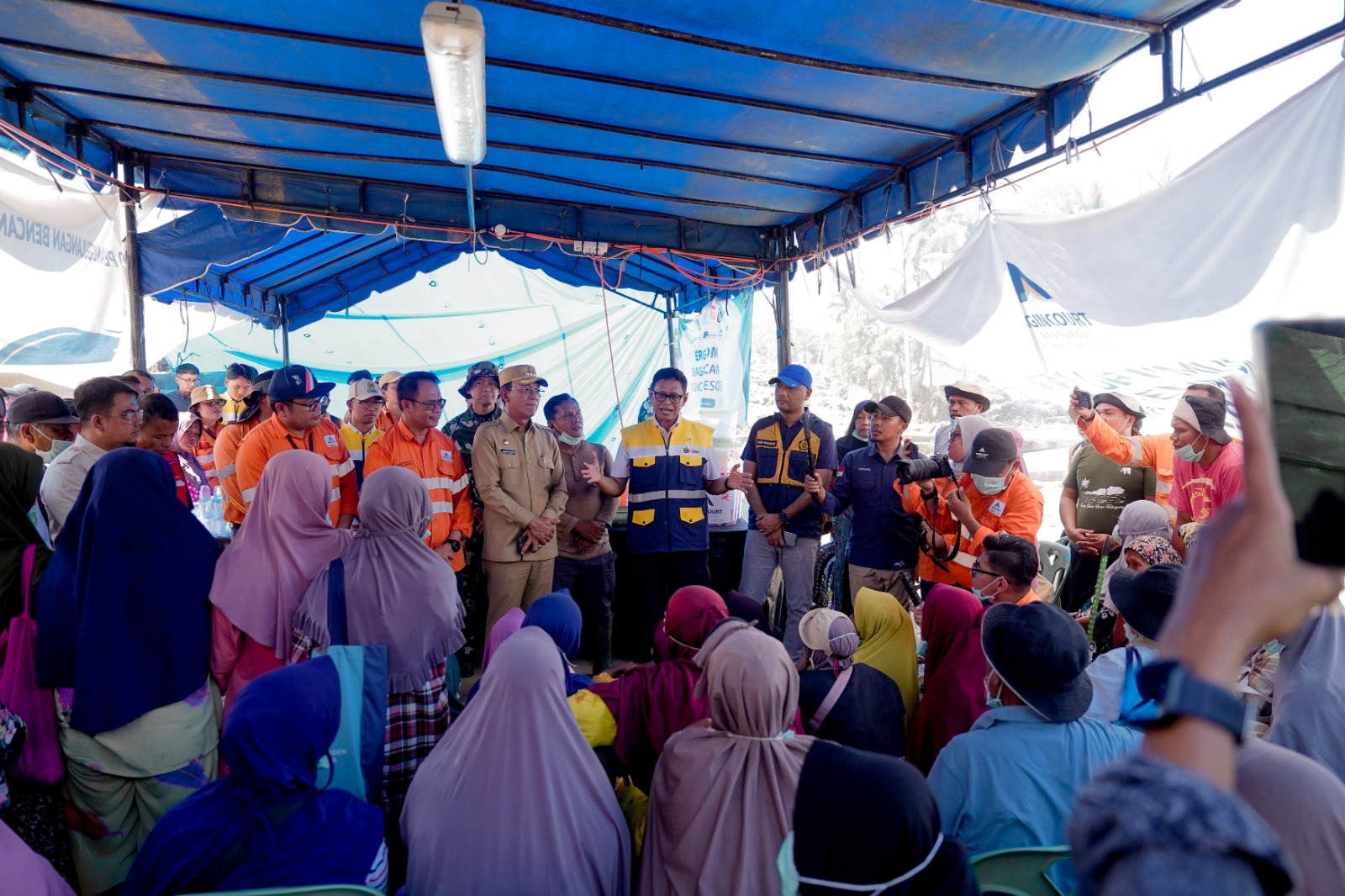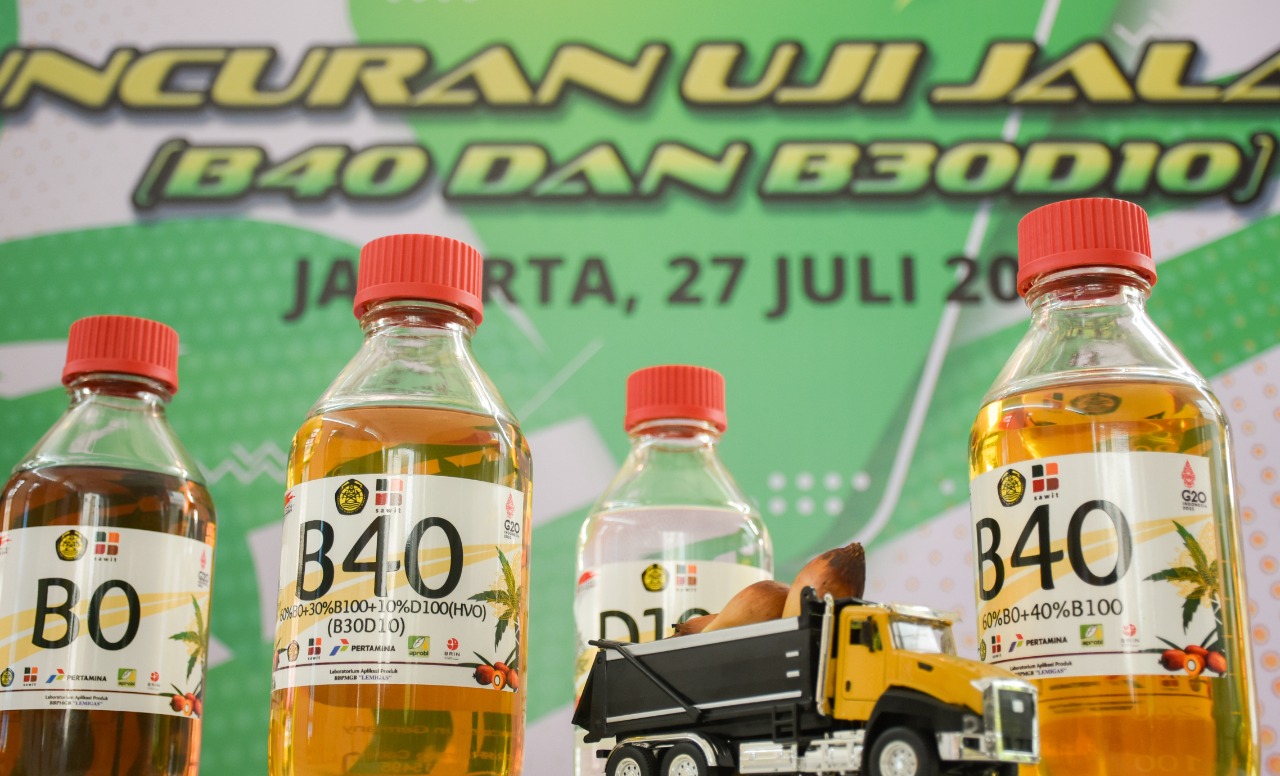Indonesia’s Renewable Power Plant Capacity Reaches 386 MW in Q3 2021
MINISTRY OF ENERGY AND MINERAL RESOURCES
REPUBLIC OF INDONESIA
PRESS RELEASE
NUMBER: 372.Pers/04/SJI/2021
Date: 22 October 2021
Indonesia's Renewable Power Plant Capacity Reaches 386 MW in Q3 2021
Until Quarter 3 of 2021, the realized capacity of new, renewable energy (NRE) power plants reached 386 Megawatt (MW), Director General of New, Renewable Energy and Energy Conservation (NREEC) of Ministry of Energy and Mineral Resources (EMR), Dadan Kusdiana, has said in a virtual press conference on the Performance of Directorate General of NREEC in Quarter 3 of 2021, held on Friday (22/10).
The additional capacity of NRE power plants has come from Poso Peaker 2nd Expansion hydropower plant Units 1 and 2 of 130 MW, 12 micro hydro power plants of 71.26 MW, 2 geothermal power plants of 55 MW, bioenergy power plants of 19.5 MW, and rooftop solar of 17.88 MW.
Dadan said that the number of rooftop solar consumers rose to 4,262, while the total capacity touched 39.28MWp.
"The number of solar rooftop consumers has risen, and they span from Aceh to Papua. This means that the public welcome the program," continued Dadan.
The prognosis is that, until December 2021, the capacity of NRE power plants will increase, for example from a biomass power plant (which uses palm oil mill effluent, POME) in East Java. It will have a capacity of 10 MW, and is targeted to enter Commercial Operation Date (COD) this year. Additional NRE capacity will also come from two geothermal power plants, namely Rantau Dedap and Sokoria, with a total capacity of 91 MW. Construction of both power plants has reached 90%. Next, solar power systems/rooftop solar will increase NRE capacity by 27.54 MW, hydropower plants by 200 MW, and 13 micro hydro power plants by 395.57 MW.
In terms of biodiesel, the realized distribution until September 2021 hit 6.64 million kl, or 72.17% of the 9.2 million kiloliters (kl) target in 2021. Dadan said the B30 program would be continued to be implemented in all sectors. There are some exceptions, for example, the equipment of the Indonesian National Armed Forces (TNI) used in highlands because the specifications do not match. To develop the biodiesel program, further technical tests will be carried out with the support of various stakeholders. The Directorate General of NREEC has recommended two blending schemes: first, by blending the existing B30 with a biodiesel which has better specifications, and second, blending of B30 with green diesel (D100).
"In the future, we will encourage the development of not only biodiesel but also other palm-based biofuels, such as palm gasoline ('Bensa'), bioavtur, and bio-CNG," Dadan explained.
To produce Bensa, a demo plant is being constructed. It is a result of cooperation between the Bandung Institute of Technology (ITB) and the Indonesia Oil Palm Plantations Fund Management Agency (BPDPKS), and PT Pura Barutama, who acts as a field contractor. The plant will have a production capacity of 1,000 liters per day. The feedstock development areas will be in Musi Banyu Asin and Pelalawan Regencies, and this project is part of the national strategic program. The project will create an integrated industry from oil palm plantations, upstream to downstream oil palm management, to the production of gasoline substitutes.
For bio-CNG, Dadan said the biofuel had great potential because it would utilize biogas from waste, especially from palm oil industry.
"So, we will package biogas like LPG, in cylinders, or it can also be transported via gas networks. We have mastered the technology, and we will adopt it in the field. We will develop energy substitutes in our energy transition programs, thereby shifting from fossil fuels to renewable fuels," said Dadan.
Dadan went on to explain that investment in the NREEC subsector would most likely miss the target due to the Covid-19 pandemic. The target for NREEC investment has been set at USD2 billion, and until September 2021, it clocked up USD1.12 billion.
"This (realized investment) has come from energy conservation activities, namely energy saving, then from bioenergy projects, that is, power generation and fuel production. Investment is also growing from solar power systems and hydropower plants. Then the biggest (investment) comes from geothermal energy, bringing the total to USD1.12 billion in September," Dadan concluded.
Until Quarter 3 of 2021, the realized emission reductions stood at 69.5 million tonnes of CO2e. Mitigation actions that contributed to the largest emission reductions included the implementation of NRE use, energy efficiency applications, and employment of low-carbon fuel (natural gas).
In terms of the utilization of the 2021 State Budget, Directorate General of NREEC has encouraged and built NRE facilities such Solar Street Lighting (PJU-TS) and solar power systems at national border posts of the Indonesian National Armed Forces (TNI) and at volcano observatories that are located far away from the national grid. The Directorate General of NREEC has also procured and distributed Electric Power Supply Equipment (APDAL) to villages without access to electricity, especially those located in Papua and West Papua Provinces. (IY)
Head of Bureau of Communication, Public Information Services, and Cooperation
Agung
Pribadi (08112213555)
Share This!






